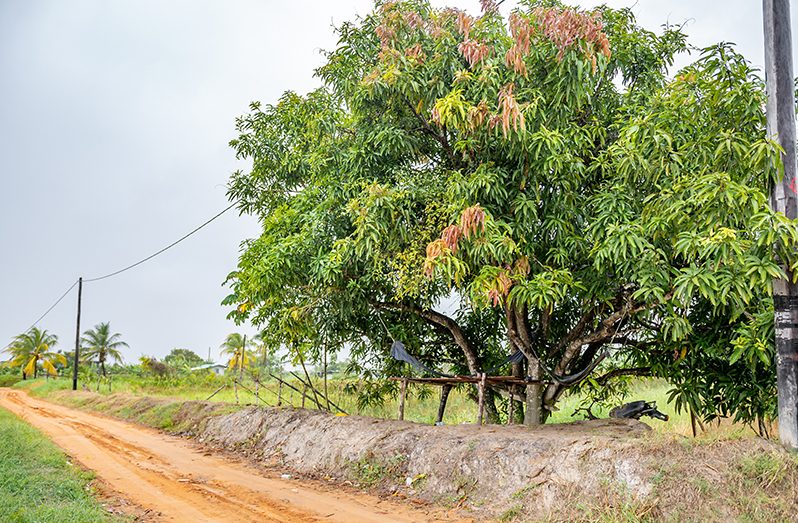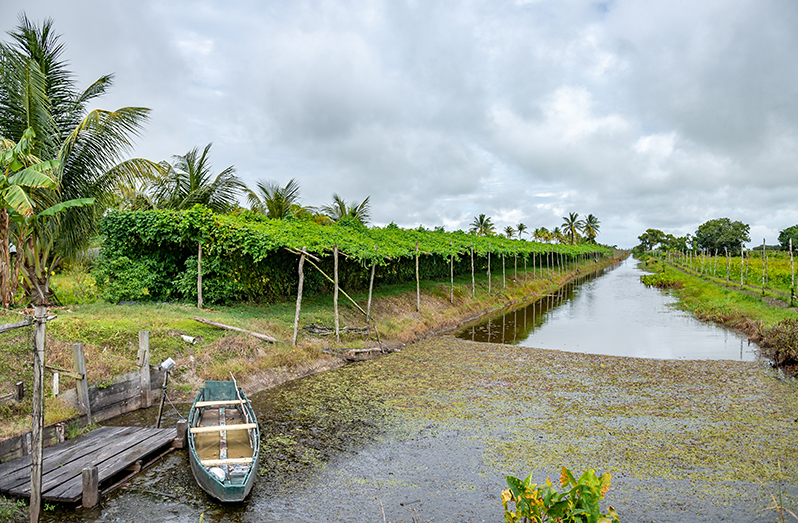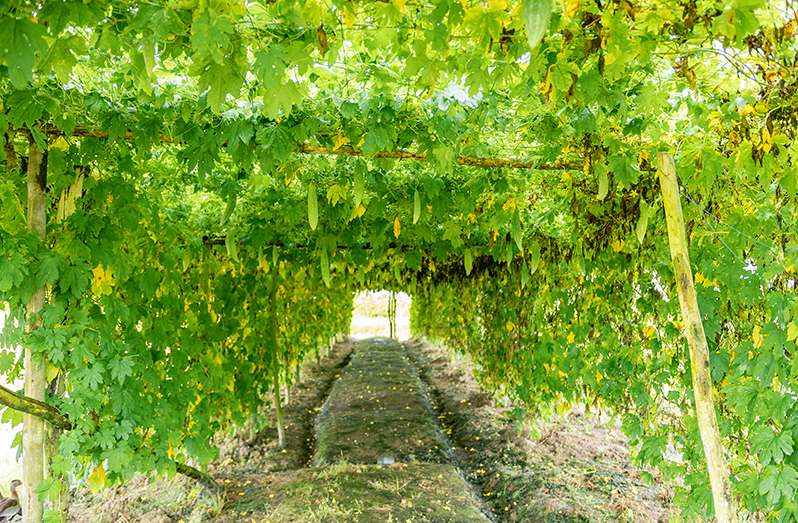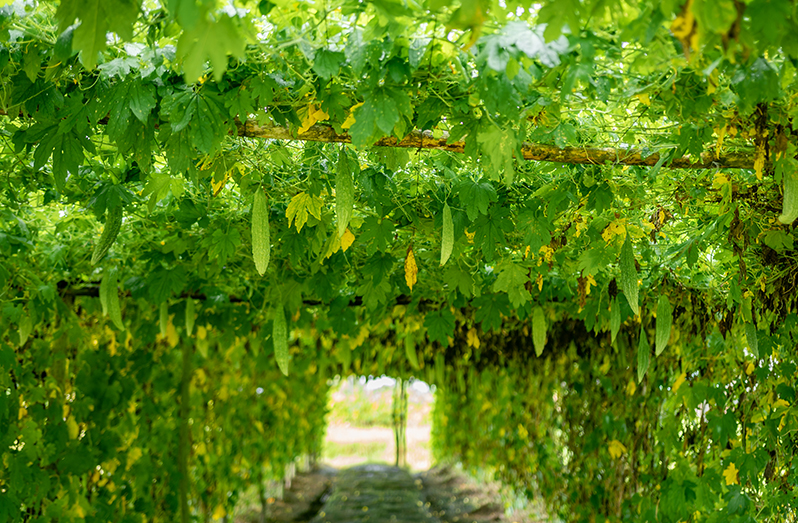BIG Biaboo Village, Mahaica River, is one of those very scenic places that brings tranquility and peace and it is the ideal village to live and earn as a farmer.
It is the second to last village that sits along the 13.5-mile road where there are about 15 small communities; only 10 miles of road are all-weather and the other 3.5 miles are loam-filled.
Big Biaboo is accessible overland and by boat and it leads to Little Biaboo, a village tucked away just in front of the Mahaica River.
It is an attractive little village with about 35 houses scattered over some distance; Little Biaboo is similarly populated.

The locals consist of Indo-Guyanese and it is the home of high-quality bora and rice on a very large scale, which is the main economic activity of the people.
Big Biaboo Village is the second-to-last village and is bordered by the Little Biaboo, Joe Hook and Grass Hook communities.
It is the home of most cash crops including bora, corilla, squash, purple ochro, tomatoes, peppers, boulanger and other cash crops, but its main produce is high-quality bora due to the excellent soil composition combined with the consistency of manure and fertilizers.
There is large-scale rice cultivation, livestock, poultry and cattle farming as well in this village; it is a very breezy place and a haven for all species of birds, making it ideal for bird watching.
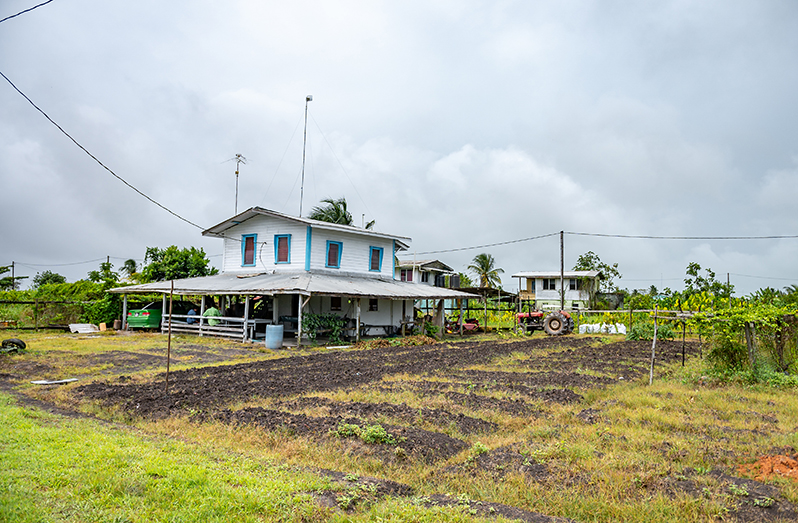
The population of Big Biaboo is about 200. It is a farming village where the locals lead very simple and hard-working lives; toiling on their farms, which are accessible via boat, for many daylight hours daily.
The village has no facilities but it is accessible in the neighbouring village of Little Biaboo, where there is a health centre, a nursery school and a few shops.
In Big Biaboo, some sections do not have electricity but they have potable water supply and internet service from a private provider.
Big Biaboo is a farming village, where both men and women are farmers. The locals eat what they grow and the produce is mostly sold to wholesale buyers who visit.
A handful of farmers would sell at some markets along the East Coast Demerara corridor, as far as the Plaisance Market.
In Big Biaboo there is an abundance of fruit trees, plants and flowers.
Little Biaboo
Some distance away is Little Biaboo. This village is the home of Bhagwah Persaud, a cash crop farmer. His family consists of his wife and his son and together, they would venture out to their farm, located some distance away from their home to tend to their crops daily.
The 59-year-old told the Pepperpot Magazine that he would sell to wholesaler buyers who would take their produce without paying, go to the various markets, sell them, and return with some money for him. He explained that most times the farmers operate at a loss because the wholesale buyers would sell the vegetables at market price and pay next-to-nothing.
“We cannot go to the markets and sell because it is very difficult to farm and also sell your produce, so we have no choice but to sell to the wholesale buyers. We need a farmers’ market to alleviate this problem of having to sell our produce for little to nothing,” he said.
Persaud added that he would normally buy seedlings for his farm and is trying his hand at broccoli for the first time this crop.
The farmer pointed out that the village is safe, but when the men get together to drink, they may catch one of his chickens for ‘cutters’ and then would call him over to eat the same fowl.






